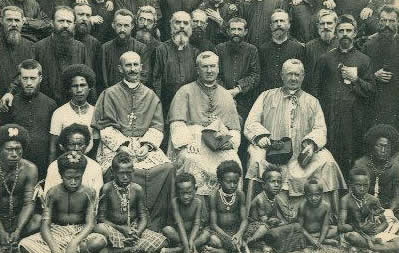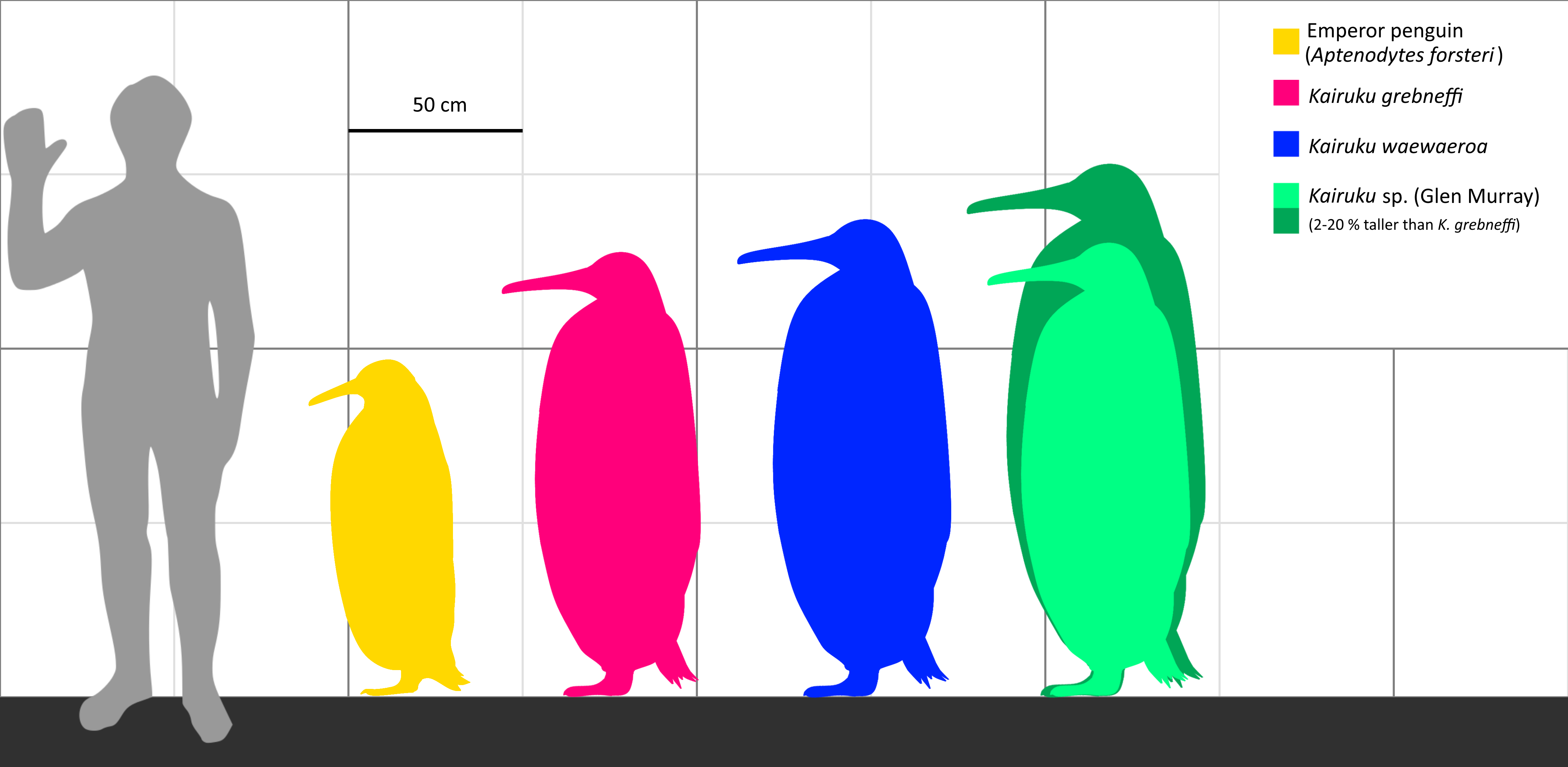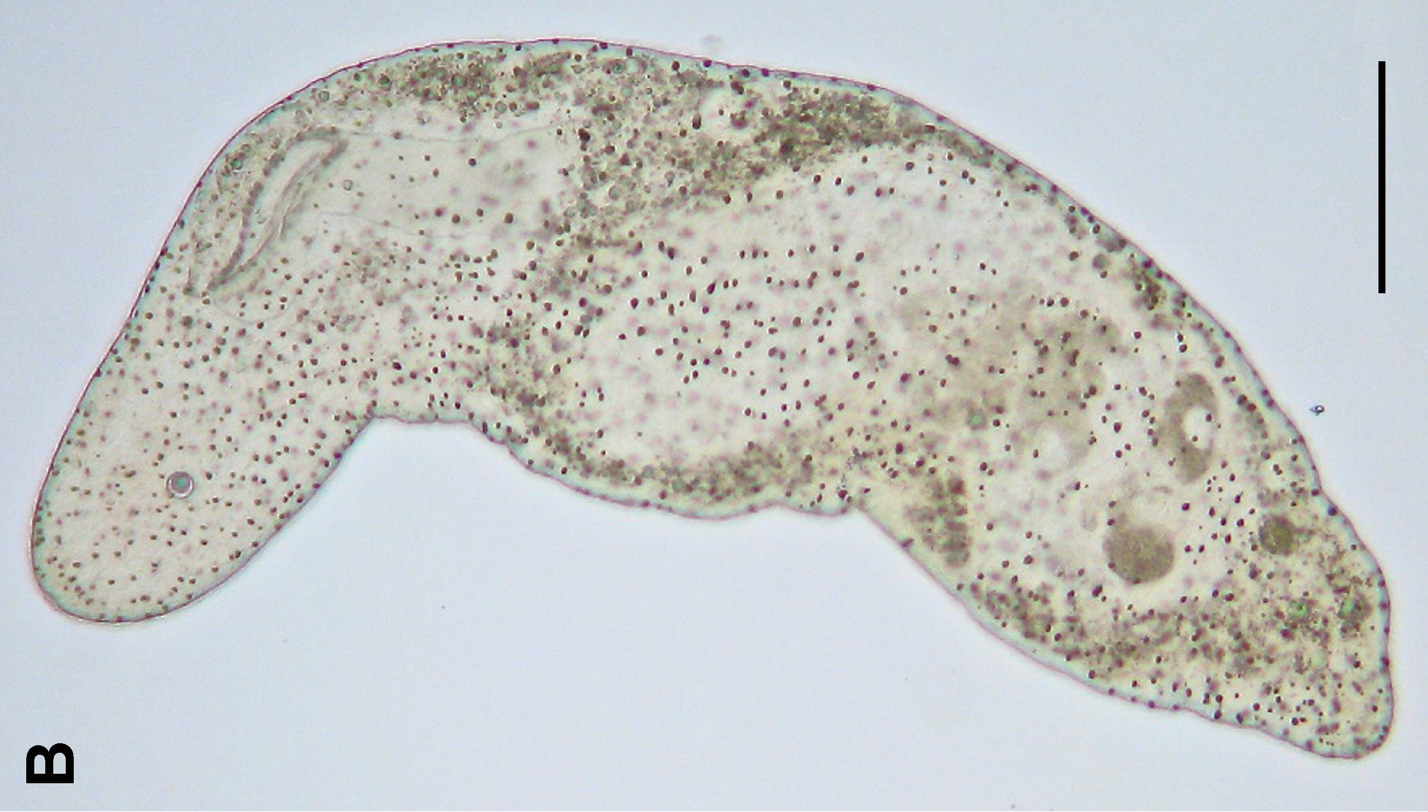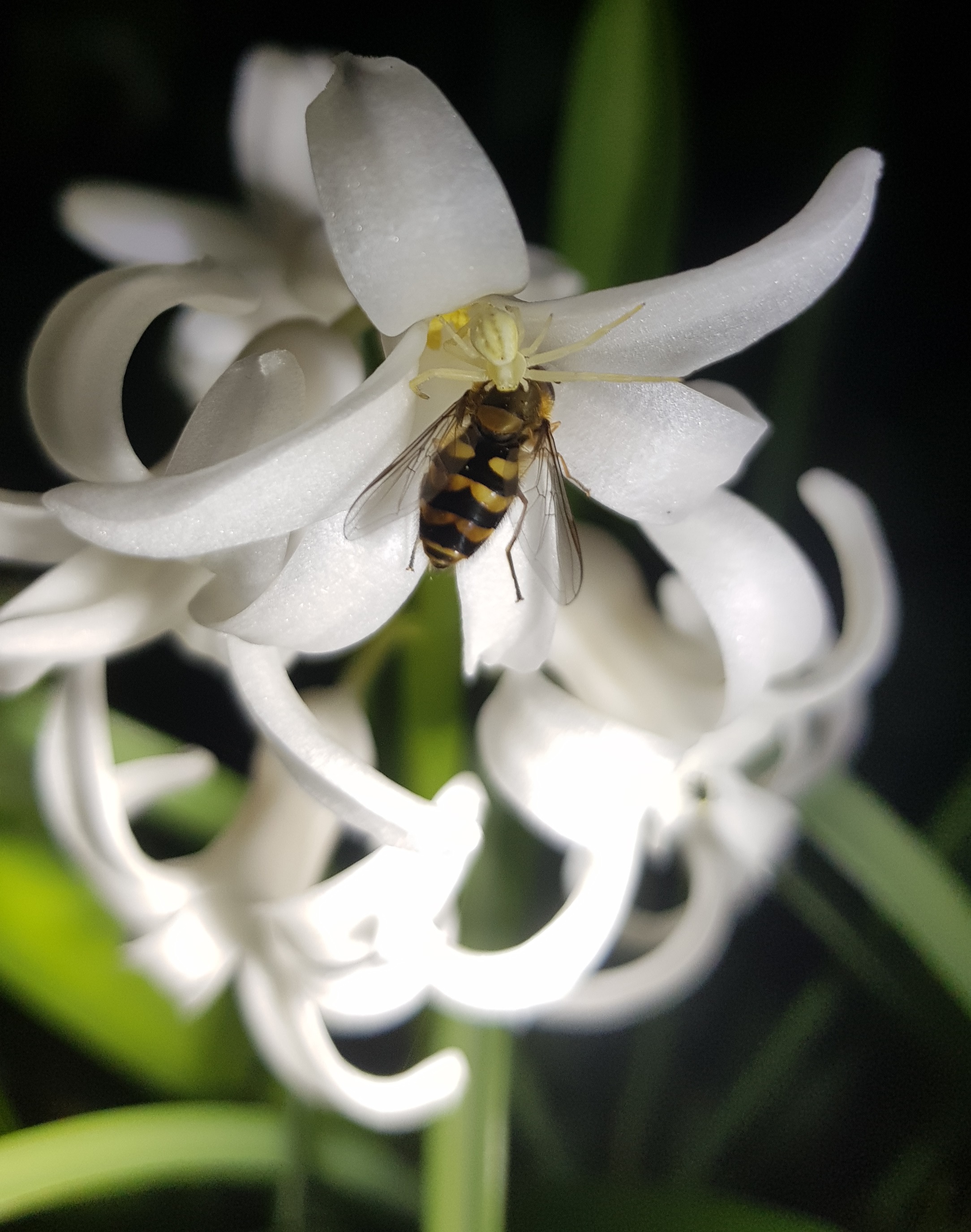|
Yule Island
Yule Island is a small island in Central Province, Papua New Guinea. It is located 160 km NW from Port Moresby, on the south coast of Papua New Guinea. History Yule Island was probably named after Charles Bampfield Yule, a Royal Navy officer who surveyed the area from 1842–1845.Quanchi, ''Historical Dictionary of the Discovery and Exploration of the Pacific Islands'', page 251 It was one of the first areas in Central Province to have contact with Europeans. The Catholic Missionaries of the Sacred Heart began a mission in 1885. The mission was successfully led from 1900 to 1945 by Bishop Henry Verius. With the European missionaries came catechists from the Philippines, some of which married into the local population. Today, many inhabitants of Yule Island have distinct European and Filipino features. The visit of Australian poet James McAuley to the mission at Yule Island in 1949 made a profound spiritual impression on him and contributed to his conversion to Catholicism ... [...More Info...] [...Related Items...] OR: [Wikipedia] [Google] [Baidu] |
Papua New Guinea
Papua New Guinea (abbreviated PNG; , ; tpi, Papua Niugini; ho, Papua Niu Gini), officially the Independent State of Papua New Guinea ( tpi, Independen Stet bilong Papua Niugini; ho, Independen Stet bilong Papua Niu Gini), is a country in Oceania that comprises the eastern half of the island of New Guinea and its offshore islands in Melanesia (a region of the southwestern Pacific Ocean north of Australia). Its capital, located along its southeastern coast, is Port Moresby. The country is the world's third largest island country, with an area of . At the national level, after being ruled by three external powers since 1884, including nearly 60 years of Australian administration starting during World War I, Papua New Guinea established its sovereignty in 1975. It became an independent Commonwealth realm in 1975 with Elizabeth II as its queen. It also became a member of the Commonwealth of Nations in its own right. There are 839 known languages of Papua New Guinea, on ... [...More Info...] [...Related Items...] OR: [Wikipedia] [Google] [Baidu] |
Jumping Spider
Jumping spiders are a group of spiders that constitute the family Salticidae. As of 2019, this family contained over 600 described genera and over 6,000 described species, making it the largest family of spiders at 13% of all species. Jumping spiders have some of the best vision among arthropods and use it in courtship, hunting, and navigation. Although they normally move unobtrusively and fairly slowly, most species are capable of very agile jumps, notably when hunting, but sometimes in response to sudden threats or crossing long gaps. Both their book lungs and tracheal system are well-developed, and they use both systems (bimodal breathing). Jumping spiders are generally recognized by their eye pattern. All jumping spiders have four pairs of eyes, with the anterior median pair being particularly large. Distinguishing characteristics Jumping spiders are among the easiest to distinguish from similar spider families because of the shape of the cephalothorax and their eye patt ... [...More Info...] [...Related Items...] OR: [Wikipedia] [Google] [Baidu] |
Great Barrier Reef
The Great Barrier Reef is the world's largest coral reef system composed of over 2,900 individual reefs and 900 islands stretching for over over an area of approximately . The reef is located in the Coral Sea, off the coast of Queensland, Australia, separated from the coast by a channel 100 miles wide in places and over 200 feet deep. The Great Barrier Reef can be seen from outer space and is the world's biggest single structure made by living organisms. This reef structure is composed of and built by billions of tiny organisms, known as coral polyps. It supports a wide diversity of life and was selected as a World Heritage Site in 1981. CNN labelled it one of the seven natural wonders of the world in 1997. Australian World Heritage places included it in its list in 2007. The Queensland National Trust named it a state icon of Queensland in 2006. A large part of the reef is protected by the Great Barrier Reef Marine Park, which helps to limit the impact of human use, suc ... [...More Info...] [...Related Items...] OR: [Wikipedia] [Google] [Baidu] |
Australia
Australia, officially the Commonwealth of Australia, is a sovereign ''Sovereign'' is a title which can be applied to the highest leader in various categories. The word is borrowed from Old French , which is ultimately derived from the Latin , meaning 'above'. The roles of a sovereign vary from monarch, ruler or ... country comprising the mainland of the Australian continent, the island of Tasmania, and numerous smaller islands. With an area of , Australia is the largest country by area in Oceania and the world's sixth-largest country. Australia is the oldest, flattest, and driest inhabited continent, with the least fertile soils. It is a megadiverse country, and its size gives it a wide variety of landscapes and climates, with deserts in the centre, tropical Forests of Australia, rainforests in the north-east, and List of mountains in Australia, mountain ranges in the south-east. The ancestors of Aboriginal Australians began arriving from south east Asia approx ... [...More Info...] [...Related Items...] OR: [Wikipedia] [Google] [Baidu] |
Kairuku Formation
''Kairuku'' is an extinct genus of penguin. It contains three species, ''K. grebneffi'', ''K. waitaki'' and ''K. waewaeroa''. This taxon is known from bones from 27 MYA (late Oligocene), from the Kokoamu Greensand Formation of New Zealand. It was historically referred to as ''Palaeeudyptes''. Etymology The name ''Kairuku'' comes from the Māori words ''kai'' (“food”) and ''ruku'' (“to dive”). From Māori waewae - "legs", roa - "long", referring to the elongated hind limbs. ''K. grebneffi'' was named after Andrew Grebneff, a paleontologist from the University of Otago who died in 2010. Distribution The fossils of ''Kairuku waewaeroa'' were found within the Glen Massey formation (34.6–27.3 Ma) in the North Island of New Zealand. Description ''Kairuku'' is one of the most completely known genus of Paleogene penguins. Described species are larger than modern emperor penguin which stood around a meter, ''K. grebneffi'' stood tall, and ''K. waewaeroa'' is even ... [...More Info...] [...Related Items...] OR: [Wikipedia] [Google] [Baidu] |
Echinodermata
An echinoderm () is any member of the phylum Echinodermata (). The adults are recognisable by their (usually five-point) radial symmetry, and include starfish, brittle stars, sea urchins, sand dollars, and sea cucumbers, as well as the sea lilies or "stone lilies". Adult echinoderms are found on the sea bed at every ocean depth, from the intertidal zone to the abyssal zone. The phylum contains about 7,000 living species, making it the second-largest grouping of deuterostomes, after the chordates. Echinoderms are the largest entirely marine phylum. The first definitive echinoderms appeared near the start of the Cambrian. The echinoderms are important both ecologically and geologically. Ecologically, there are few other groupings so abundant in the biotic desert of the deep sea, as well as shallower oceans. Most echinoderms are able to reproduce asexually and regenerate tissue, organs, and limbs; in some cases, they can undergo complete regeneration from a single limb. Geol ... [...More Info...] [...Related Items...] OR: [Wikipedia] [Google] [Baidu] |
Early Pliocene
Early may refer to: History * The beginning or oldest part of a defined historical period, as opposed to middle or late periods, e.g.: ** Early Christianity ** Early modern Europe Places in the United States * Early, Iowa * Early, Texas * Early Branch, a stream in Missouri * Early County, Georgia Other uses * ''Early'' (Scritti Politti album), 2005 * ''Early'' (A Certain Ratio album), 2002 * Early (name) * Early effect, an effect in transistor physics * Early Records Early may refer to: History * The beginning or oldest part of a defined historical period, as opposed to middle or late periods, e.g.: ** Early Christianity ** Early modern Europe Places in the United States * Early, Iowa * Early, Texas * Early ..., a record label * the early part of the morning See also * Earley (other) {{disambiguation, geo ... [...More Info...] [...Related Items...] OR: [Wikipedia] [Google] [Baidu] |
Thomisidae
The Thomisidae are a family of spiders, including about 170 genera and over 2,100 species. The common name crab spider is often linked to species in this family, but is also applied loosely to many other families of spiders. Many members of this family are also known as flower spiders or flower crab spiders. Description Members of this family of spiders do not spin webs, and are ambush predators. The two front legs are usually longer and more robust than the rest of the legs. The back two legs are smaller, and are usually covered in a series of strong spines. They have dull colorations such as brown, grey, or very bright green, pink, white or yellow. They gain their name from the shape of their body, and they usually move sideways or backwards. These spiders are quite easy to identify and can very rarely be confused with Sparassidae family, though the crab spiders are usually smaller. Etymology Spiders in this family are called "crab spiders" due to their resemblance to crabs ... [...More Info...] [...Related Items...] OR: [Wikipedia] [Google] [Baidu] |
Stephanopis Yulensis
''Stephanopis'' is a genus of crab spiders first described by Octavius Pickard-Cambridge Octavius Pickard-Cambridge Fellow of the Royal Society, FRS (3 November 1828 – 9 March 1917) was an England, English clergyman and zoologist. He was a keen arachnologist who described and named more than 900 species of spider. Life and wor ... in 1869. It was erected for five then newly described species, including ''S. altifrons'', from Australia. ''Stephanopis'' was characterized by the high cephalic region with unequally sized anterior eyes (ALE larger than AME) disposed in a strongly recurved row, opisthosoma ending in several spiniform projections and dorsoventrally depressed habitus. According to Pickard-Cambridge, the single specimen used for the description of ''S. altifrons'' was dry-pinned. Therefore the specimen could not be properly examined, so it was not possible to determine if the specimen was adult. Moreover, he states his own sketch of the spider as “hasty”. This ... [...More Info...] [...Related Items...] OR: [Wikipedia] [Google] [Baidu] |
Misumena Arrogans
''Misumena'' is a genus of crab spiders sometimes referred to as flower crab spiders. They are similar in appearance to several other genera in the family Thomisidae, such as '' Misumenoides'' and '' Mecaphesa''. ''Misumena vatia'', the goldenrod crab spider, is a North American species commonly seen hunting in goldenrod (''Solidago'') sprays in autumn. It can change its color between white and yellow to match the flower it is sitting on. The color change takes a few days. Species , the World Spider Catalog The World Spider Catalog (WSC) is an online searchable database concerned with spider taxonomy. It aims to list all accepted families, genera and species, as well as provide access to the related taxonomic literature. The WSC began as a series of ... listed the following 40 species: References * (2008)The world spider catalog version 8.5. ''American Museum of Natural History''. Thomisidae Thomisidae genera Cosmopolitan spiders Taxa named by Pierre André Latre ... [...More Info...] [...Related Items...] OR: [Wikipedia] [Google] [Baidu] |
Sparassidae
Huntsman spiders, members of the family Sparassidae (formerly Heteropodidae), are known by this name because of their speed and mode of hunting. They are also called giant crab spiders because of their size and appearance. Larger species sometimes are referred to as wood spiders, because of their preference for woody places (forests, mine shafts, woodpiles, wooden shacks). In southern Africa the genus ''Palystes'' are known as rain spiders or lizard-eating spiders. Commonly, they are confused with baboon spiders from the Mygalomorphae infraorder, which are not closely related. More than a thousand Sparassidae species occur in most warm temperate to tropical regions of the world, including much of Australasia, Africa, Asia, the Mediterranean Basin, and the Americas. Several species of huntsman spider can use an unusual form of locomotion. The wheel spider (''Carparachne aureoflava'') from the Namib uses a cartwheeling motion which gives it its name, while '' Cebrennus rechenb ... [...More Info...] [...Related Items...] OR: [Wikipedia] [Google] [Baidu] |
Pandercetes Longipes
''Pandercetes'' is a genus of huntsman spiders that was first described by Ludwig Carl Christian Koch in his 1875 treatise on Australian spiders. They are mainly distributed in tropical Asia and Australia, and are known for their cryptic coloration that matches local moss and lichen. Their legs have lateral hairs, giving them a feathery appearance, further masking their outline against tree trunks. Their head is somewhat elevated and the carapace has the thoracic region low and flat. The genus is characterized by the internal anatomy of the reproductive structures. Males have irregular coils at the terminal end, while females have screw like copulatory ducts. Species it contains sixteen species and one subspecies, found in tropical forests in Asia, extending east to Australia: *''Pandercetes celatus'' Pocock, 1899 – India *''Pandercetes celebensis'' Merian, 1911 – Indonesia ( Sulawesi) **'' Pandercetes c. vulcanicola'' Merian, 1911 – Indonesia (Sulawesi) *''Pandercetes d ... [...More Info...] [...Related Items...] OR: [Wikipedia] [Google] [Baidu] |






